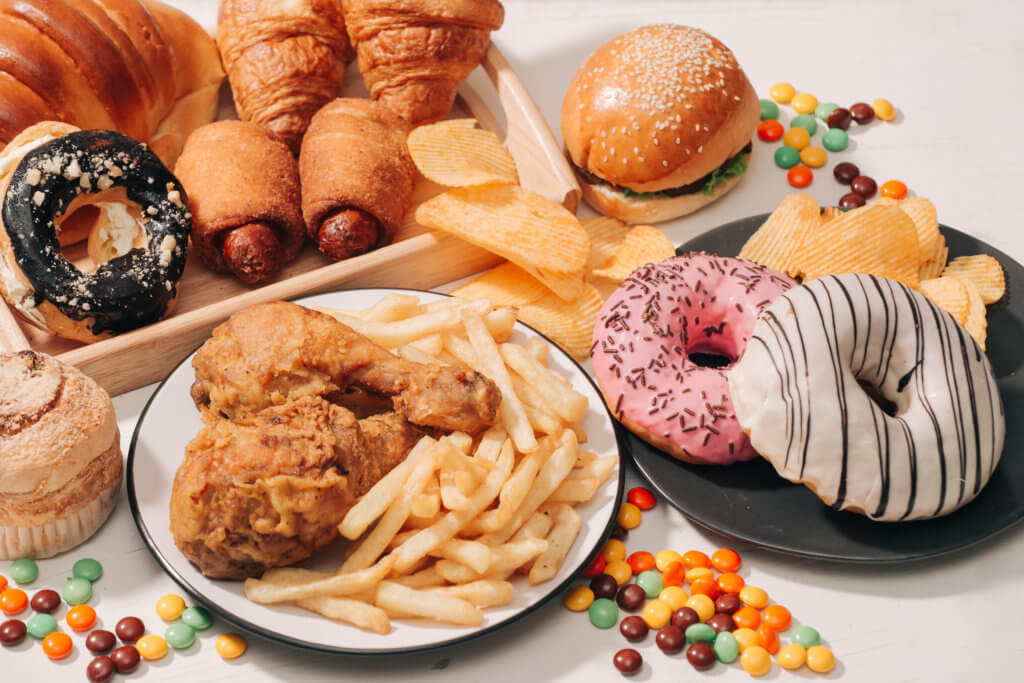The U.S. Food and Drug Administration (FDA) has issued its final ruling on the use of partially hydrogenated oils (PHOs), also known as trans fats, in the preparation of food. Trans fats are banned from use in any form in processed foods. So, for those who cook or just love fatty snacks, the real question is how does this ruling affect your daily eating habits?
Oils are liquids at room temperature. They can be hydrogenated by chemical alteration, which makes them solid at room temperature. These trans fats have been abundant in manufactured foods because they are cheap, enhance flavor, and are chemically stable, extending their shelf life.
There are dangers to using trans fats
In 2015, the FDA announced that trans fats were harmful to health and that removing them from processed foods would lead to a dramatic drop in the number of heart attacks in the U.S. every year. According to researchers, trans fats have no health benefits but are associated with an increased risk of developing a plethora of diseases.
- Cardiovascular diseases occur more often in people who regularly eat trans fats. They raise LDL – the so-called “bad” cholesterol – and triglycerides. They lower HDL, the so-called “good” cholesterol. Trans fats also cause systemic inflammation and can trigger the formation of blood clots, both of which contribute to cardiovascular diseases.
- Trans fats contribute to insulin resistance, increasing the risk of developing Type 2 diabetes.
- Trans fats have been linked to breast cancer and colorectal cancer development.
- There may be pregnancy complications from consuming these fats. Trans fat can cross the placenta and cause fetal impairments. A high intake of trans fatty acids has also been associated with the risk of preeclampsia – a condition characterized by high blood pressure and protein in the urine.
- Trans fats increase the incidence of allergic conditions such as asthma, allergies, and eczema.

In this final ruling, the FDA states that PHOs have been eliminated as an optional ingredient in peanut butter and canned tuna. PHOs are no longer on the Generally Regarded as Safe (GRAS) list, which contains ingredients that the agency determines are safe to consume.
The final rule also revokes the regulation for partially hydrogenated fish oil as an indirect food substance and revises GRAS affirmation regulations to no longer include partially hydrogenated forms of menhaden and rapeseed oils. In addition, it revokes authorization for using PHOs in margarine, bread, rolls, buns, and shortening.

Does this mean there are no more trans fats in your food?
Traces of trans fats will still be found in food because they occur naturally — at very low levels — in dairy products, some meats, and some edible oils.
There is no way around it. A healthy diet means consuming the right number of calories for your activity level. All fats have nine calories per gram, so your calorie count can add up quickly, even with healthy fats. Walnuts are a healthy snack high in polyunsaturated fats, but 12 walnuts have 160 calories. That is more than most whole fruits.
Focus on eating healthy fats and avoiding unhealthy fats. Fruits, vegetables, legumes, nuts, seeds, and whole grains are rich in vitamins, nutrients, and fiber, but have little fat.
These tips can help you reduce unhealthy fat in your diet:
- Substitute plant-based oils for butter or lard. Canola oil is a healthy choice for searing or stir-frying.
- Eat fish more often, especially oily fish.
- Use lean meat and skinless poultry.
- Use low-fat dairy products.
- Choose whole fruits and vegetables for snacks.
- Limit processed foods, which often contain saturated fats.
It’s a good idea to make an appointment with a registered dietitian to learn more about fats and what’s right for you. It will be some of the best money you’ll ever spend. No referral from a healthcare provider is required. The choices you make about which fats to eat can be a choice between life or earlier death.
You might also be interested in:
- Best Extra Virgin Olive Oils: Top 7 Brands, According To Top Chefs
- More than a diet: Mediterranean lifestyle linked to lower risk of death
- 5 surprising foods you might think are really healthy — but aren’t


Canola oil is not a healthy alternative! Like all seed oils it causes inflammation.
Rob F – did you know there are a variety of Canola oils? Did you know there are canola oils from GM and non-GM seeds? Did you know there are canola oils with very little, if any, erucic acid content? Canola oils that are chemically stable enough for 5-7 days in a KFC kitchen are far healthier than any polyunsaturated, saturated, vegetable (blended or mixed), PHO-made oils.
Trans Fats grow faster in all the oils containing 30%+ Oxidant (omega-3) and Inflammatory (Omega-6) rich Polyunsaturated, Vegetable, partially hydrogenated oils.
The slowest and most stable oils that make the least trans fats whilst working are the oils the world wants you to switch to. They are ONLY the 100% Pure, non-GM, non-PHO Monounsaturated (MUFA oils).